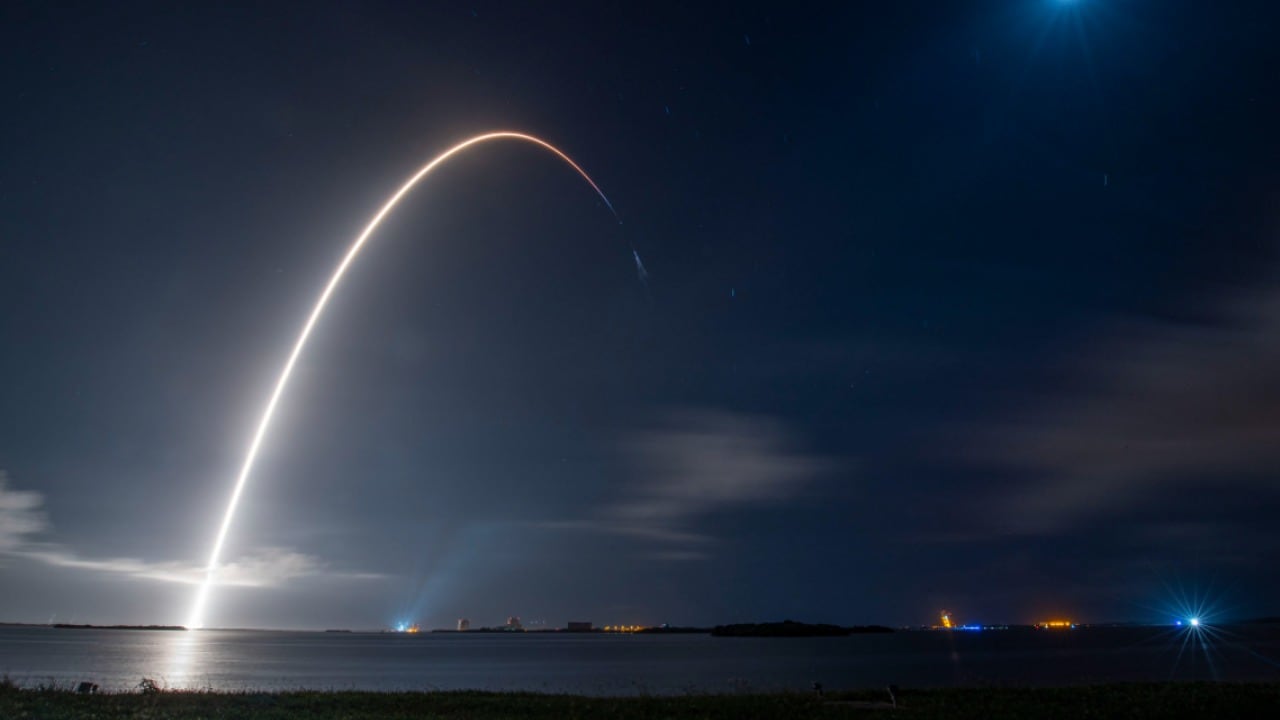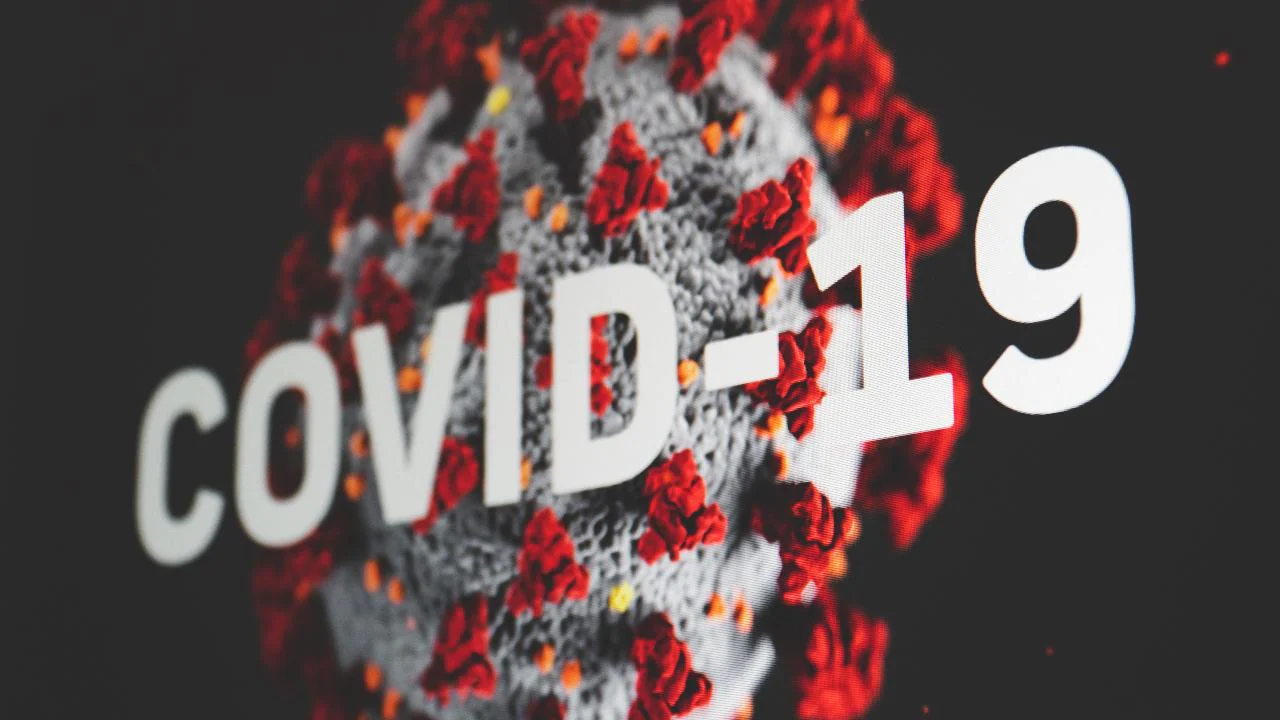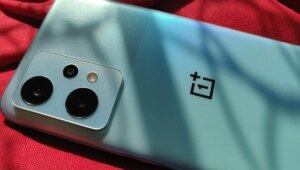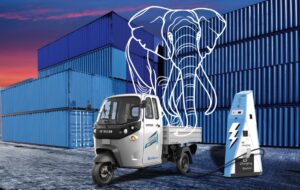FP TrendingAug 31, 2021 15:00:14 IST
SpaceX launched its Cargo Dragon for a resupply mission to the International Space Station on 29 August and it docked at the station the next day, 30 August. The spacecraft was launched on a two-stage Falcon 9 rocket from the National Aeronautics and Space Administration’s (NASA) Kennedy Space Centre, Florida.
The craft carried more than 2,170 kg (4,800 pounds) of crew supplies, spacecraft hardware and science experiments. This is SpaceX’s 23rd Commercial Resupply Services (CRS) mission.

SpaceX Cargo Dragon launches from NASA’s Kennedy Space Centre, Florida. Image credit: Twitter/@NASA
After the Falcon 9 launched, the first-stage booster executed a graceful landing at sea, on SpaceX’s drone ship A Shortfall of Gravitas.
Andy Tran of SpaceX stated that the launch was “the 90th successful landing of an orbital class rocket and the very first for our newest drone ship, ‘A Shortfall of Gravitas.'”
SpaceX now boasts of three Falcon 9 ships — “Of Course I Still Love You”, “Just Read the Instructions” and the newest craft, “A Shortfall of Gravitas.” The last one, used for the Dragon launch, is fully autonomous. It is even capable of driving itself out to the recovery zone and wait for returning boosters.
SpaceX founder Elon Musk continued his tradition of naming the booster-recovery vessels in tribute to the late science fiction writer Iain Banks and his Culture series.
After autonomously docking at the ISS, Dragon will remain there for one month. NASA astronauts Megan McArthur and Shane Kimbrough will monitor the arrival of the capsule.
The @SpaceX #Dragon is approaching station for a 10:30m ET docking. It will automatically dock to the forward-facing port of the station’s Harmony module. https://t.co/cBNqC5JGaz pic.twitter.com/0MPncIHjHE
— International Space Station (@Space_Station) August 30, 2021
It is also McArthur’s 50th birthday and she radioed in after the capsule arrived saying, ”No one’s ever sent me a spaceship for my birthday before. I appreciate it.”
Constantly innovating, the current Dragon model is the third one to be launched this year after SpaceX retired the previous model in 2020. Similar to its predecessor, the new model can hold 20 percent more cargo. It is also better equipped to handle a water landing, which means SpaceX teams will be able to refurbish and inspect it faster, leading to less downtime between flights.
According to SpaceX’s Sarah Walker, who leads the Dragon program, at least one more launch is expected to happen this year.
Science experiments carried to ISS
Some of the science experiments that have been to the ISS include retinal diagnostic equipment and MISSE-15 NASA to test and observe how different materials respond to space.
The Girl Scouts are sending up ants, brine shrimp and plants as test subjects, while University of Wisconsin-Madison scientists are flying up seeds from mouse-ear cress, a small flowering weed used in genetic research. Samples of concrete, solar cells and other materials also will be subjected to weightlessness.
🐉 LIVE NOW: A @SpaceX Dragon spacecraft approaches the @Space_Station delivering more than 4,800 pounds of @ISS_Research and cargo to the crew!
Docking to the orbiting lab is targeted for 10:30am ET (14:30 UT): https://t.co/GDny8eDD6A
— NASA (@NASA) August 30, 2021
To celebrate McArthur’s birthday, the capsule has lemons, cherry tomatoes, avocados and ice cream for her and the rest of the crew.
A Japanese start-up company’s experimental robotic arm will attempt to screw items together in its orbital debut and perform other mundane chores normally done by astronauts. The first tests will be done inside the space station.
Toyotaka Kozuki, Chief technology officer said, ‘Future models of Gitai Inc.’s robot will venture out into the vacuum of space to practice satellite and other repair jobs. As early as 2025, a squad of these arms could help build lunar bases and mine the moon for precious resources.’
With inputs from The Associated Press










